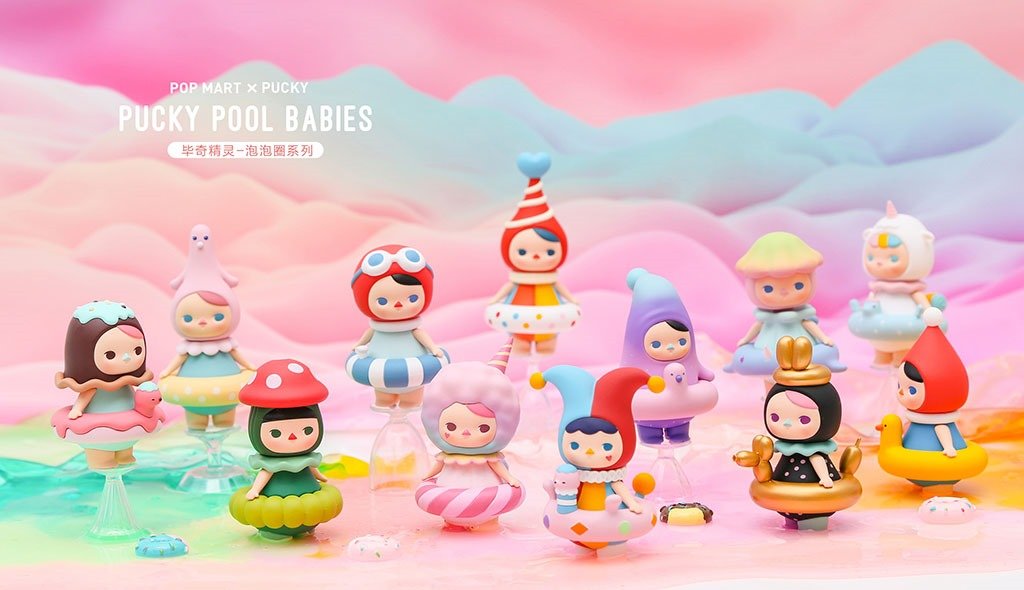
1) Let's talk about the product philosophy of the pioneer in short video app. Founded in 2011, they currently have 776m MAUs as of June 2020. On average, users would spend 85+ minutes over 10 sessions per day in app.
I'm talking of course, about Kuaishou (Kwai).
I'm talking of course, about Kuaishou (Kwai).
2) Kuaishou was founded in 2011 as a tool for creating animated GIFs (and initially called KuaishouGIF) by Yixiao Cheng. Cheng was a product manager at DianDian(Chinese Tumblr). Morningside Ventures led an angel round of 2m RMB to back Cheng after finding his GIFs on Weibo
3) In 2013, money was running out. Morningside Ventures introduced Su Hua to Kuaishou to be their new CEO.
The company pivoted to a short-form video social platform. Bolstered by the roll-out of 4G, it quickly picked up traction and had 10m DAU by 2015.
The company pivoted to a short-form video social platform. Bolstered by the roll-out of 4G, it quickly picked up traction and had 10m DAU by 2015.
4) Their progress drew the attention of ByteDance who launched Douyin/TikTok in 2016.
While on the surface these two apps look similar, and many actually think Kuaishou is a knock-off of Douyin/TikTok, the two product hold very different design philosophies
While on the surface these two apps look similar, and many actually think Kuaishou is a knock-off of Douyin/TikTok, the two product hold very different design philosophies
5) Kuaishou's product philosophy is around allocating attention to as many people as possible, so that ‘everyone has a chance to stand in the sun’. TikTok's philosophy is about providing the end-user with the most engaging and stimulating content as effectively as possible.
6) TikTok and Kuaishou have effectively unbundled the notion of 'social media' in their respective creations. TikTok wants to entertain through a smorgasbord of the finest content they can find, while Kuaishou intends to be a conduit between the user and the creator.
7) Kuaishou's algorithms are democratic with respect to the content creator; it deliberately wants to increase the exposure level every user receives. The management team has incorporated the Gini coefficient mechanism (a measure of inequality within a group of people) as a KPI
8) This means it will often stop presenting viral content to additional users once it reaches a certain threshold. Viral videos with a playback volume greater than 500k are only allowed to account for 30% of played videos; the remaining 70% traffic is given to ordinary creators.
9) This is surprising since every other platform I know works hard to create and sustain virality to get higher traffic. In the frictionless platform world of Instagram and Youtube, we have mega-stars and the long tail, a feast and famine mode to the extreme.
10) TikTok, is meritocratic with respect to the content, every piece gets equal exposure for the first ~100 views before the algorithms boost the most viral ones to users. No matter if the clip came from a well-known creator or a newbie, every clip has a shot at stardom.
11) Kuaishuo did not start with big-name celebrities or Key Opinion Leaders (KOLs or influencers) on the platform. It is a series of decentralised nodes interacting with each other rather than a centralised structure with the attention focused on a few.
12) While this creates an anti-fragile system and the loss of any big names isn't detrimental to the system itself, there's also no strong draw to join the network.
13) People join instead for their time in the virtual sun, especially those who were not given a fair shot in life, to begin with. Here was at least one system with some built-in equality.
Further details here
lillianli.substack.com/p/the-product-…
Further details here
lillianli.substack.com/p/the-product-…
I'll be writing threads like this for the rest of Jan, follow me to get these spams on your TL.
• • •
Missing some Tweet in this thread? You can try to
force a refresh



